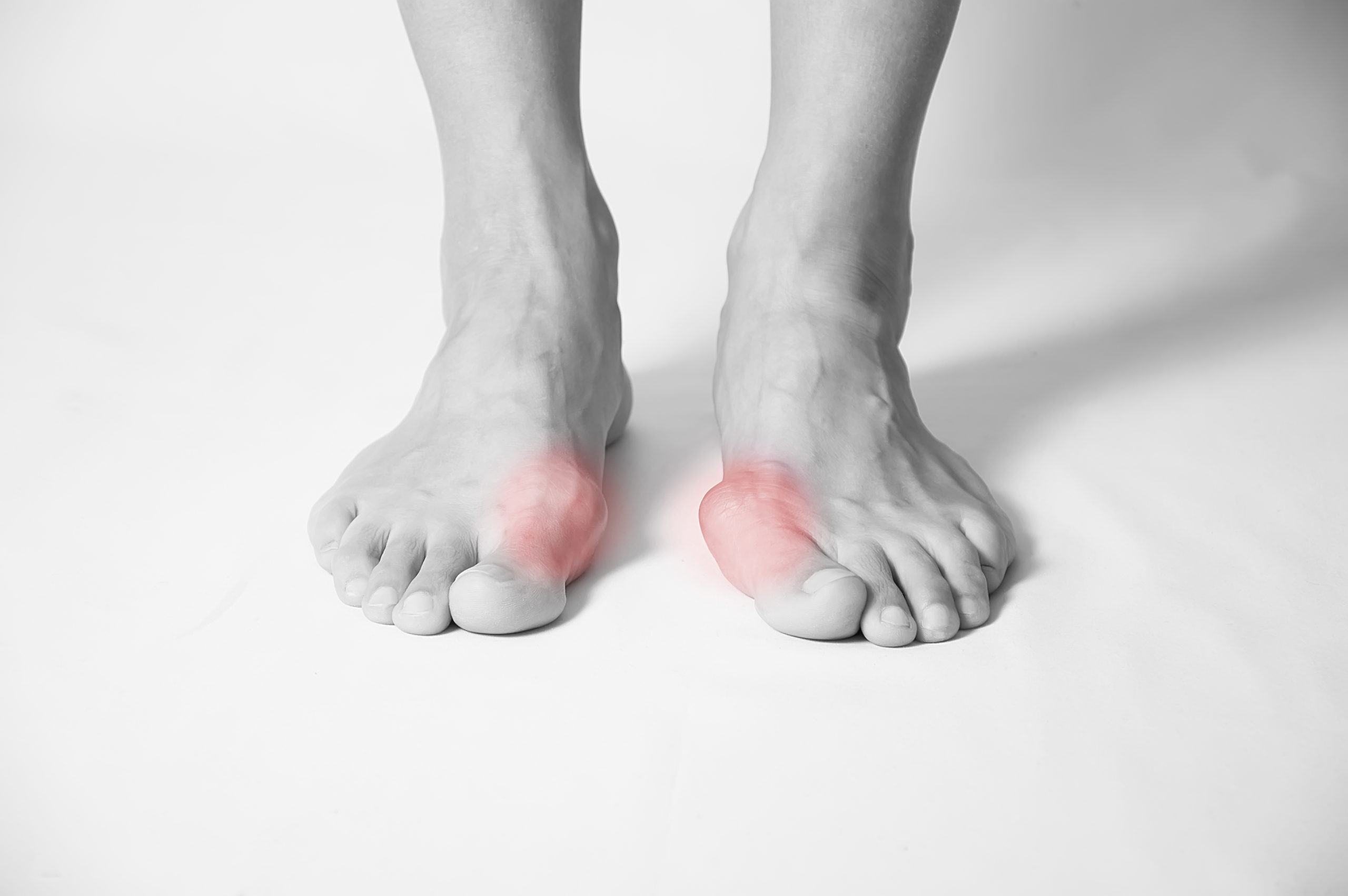Causes of bone spurs in the feet
Bone spurs are often the result of localized inflammation and stress. There are many ways to develop bone spurs. The most common causes are:
- Osteoarthritis. This inflammation occurs when the cartilage surrounding your joints has deteriorated and the cells that form bone are stimulated, causing prominent and sharp bone deposits in the affected area. The cartilage normally acts as a cushion to prevent bones from rubbing directly onto other bones. You may experience a great deal of pain when the bones rub against the
spurs . - Plantar Fascitis. The plantar fascia is a ligament that connects the heel to the front of your foot while supporting the arch. The ligament is designed to absorb high impacts and strains on the feet. When the pressure becomes too much, the ligament can be damaged and inflamed. This inflammation acts as a precursor to bone spurs in the heels and arches.
- Running and jogging on hard surfaces. A hard surface can exacerbate existing bone spurs or aid in the formation of new ones. Harder surfaces are less forgiving when your form is altered during runs and jogs. You may accidentally land wrong on areas of your feet that are prone to developing spurs.
- Inadequate footwear. Wearing the proper supports and cushioning for your feet is important for decreasing your risk of bone spurs. The support and padding act as a barrier between your feet and harder, uneven surfaces.
Symptoms of bone spurs
Your bone spurs may occur anywhere in the foot, including your heel, arches, and top of your feet. Some individuals may never experience symptoms from their bone spurs while others are subject to a variety of symptoms, including:
- Intermittent or chronic pain in the foot. The bone spur may injure the soft tissue surrounding it, causing noticeable pain and discomfort in the area. Walking, running, and jogging may all prove to be difficult tasks when suffering from bone spurs.
- Numbness or tingling. Bone spurs are abnormal formations that can place pressure on the surrounding nerves. When a nerve becomes compressed you may lose feeling and experience tingling sensations throughout the area.
- Treatment of bone spurs in the feet
The treatment of bone spurs is contingent on the level of pain experienced and the severity of the bone spur. In most cases, nonsurgical methods are used to remedy the pain and discomfort that results from bone spurs. The most common treatments for bone spurs are:
- Over the counter anti-inflammatory medications. These medications help to reduce inflammation and reduce the pain presented by bone spurs. Prescription strength medication may be necessary to alleviate the symptoms.
- Cortisone injections. Cortisone injections are used to reduce soft tissue and nerve irritation on the overlying bone spur.
- Physical therapy sessions. Consistent physical therapy training won’t remove the bone spurs, but it can help to remedy the symptoms you may be experiencing. Many individuals suffer from loss of range of motion after developing bone spurs. Physical therapy will teach stretching exercises and massage techniques to increase the range of motion and usability of the affected foot. The physical therapist may also recommend specific shoes, padding and supports to wear to combat the painful symptoms.
- Surgical intervention. Surgery may be required when all other conservative efforts have been exhausted. The main objectives of surgery are to remove the bone spur, restore normal function to the joints, and eliminate the pressure on the muscles, ligaments, and nerves.
If you are experiencing pain in your feet on a regular basis, contact the professionals at Kansas City Foot Specialists to set up a consultation. We can help diagnose and treat your symptoms to ensure you’re back on your feet in no time!


